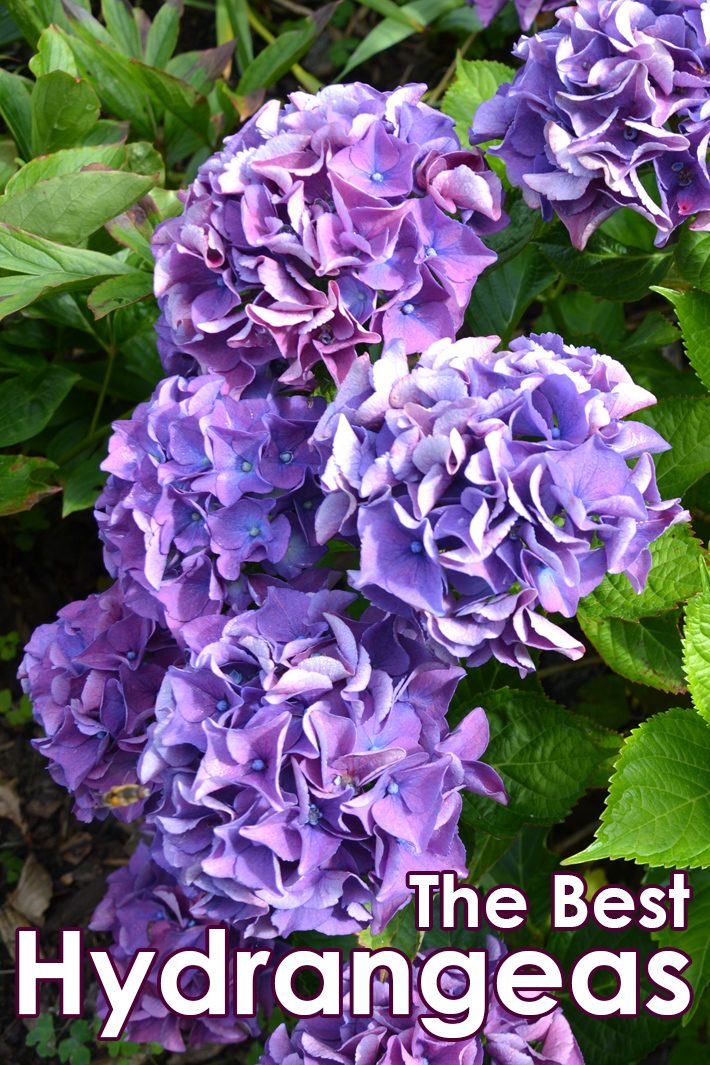
Smooth Hydrangeas are one of the great underused plants of today’s gardens.
Garden designers use this plant whenever they get the chance, but homeowners have somehow missed out on this gem. At first glance, the smooth Hydrangea looks very similar to a classic mop head Bigleaf Hydrangea (Hydrangea macrophylla) with white flowers.
The good news about this Hydrangea is that it has almost none of the problems that haunt to classic Bigleaf Hydrangeas.
The Basics of Hydrangea arborescens
Smooth hydrangeas are very easy to grow. They produce lots of large white flower heads, sometimes as large as cantaloupes. They prefer partial shade, but can live in dense shade. The flower show may be a little reduced, but they still look great in a shade garden.
Like the reblooming Bigleaf Hydrangeas,smooth Hydrangeas bloom on new branches every season, so you can trim smooth Hydrangeas dramatically each spring to promote new growth. New blooms will open throughout the season and you can even trim off old blooms to promote new ones.
The best use of this Hydrangea is in shade gardens, romantic gardens and woodland borders. The white flowers glow in the shade. Smooth Hydrangeas can live in full sun, but the flowers typically burn during hot spells.
Introducing ‘Annabelle’
There are not many cultivars of smooth Hydrangea to choose from in the nursery. Until recently ‘Annabelle’ (Hydrangea arborescens ‘Annabelle’) was the only choice available at most garden centers.
‘Annabelle’ is a long-time favorite of garden designers and a backbone of shade gardens. This is the classic smooth Hydrangea. The flowers of ‘Annabelle’ are large, white balls that can get significantly larger the flowers of their mop head cousins. However, ‘Annabelle’ has one weakness. Her flower heads are so large and showy that they sometimes cause the plant to flop over when it rains. Designers love this plant so much that they have used several methods to try and deal with this problem. Some will cut back ‘Annabelle’ almost to the ground in early spring and place a support structure over the trimmed plant. The plant then grows up through the supports and is held up all season. Others have tried to plant ‘Annabelle’ behind supporting hedges of boxwood. Some designers just let ‘Annabelle’ flop and appreciate the natural unkempt look. In recent years, the industry has tried to improve on ‘Annabelle’ and have introduced as few notable new cultivars of smooth Hydrangea.
‘Incrediball’ claims to have solved the flopping issue, but the jury is still out on the new introduction. We’ve tried it for a year and so far, it has flowered beautifully and has stood up better than ‘Annabelle’, but I don’t expect it to be flop-proof. Either way, it does seem like an improvement over ‘Annabelle’. Another new comer is “Invincibelle Spirit”. This smooth Hydrangea istouted as a pink version of ‘Annabelle’, but it really hasn’t lived up to expectations. The flower heads are significantly smaller than ‘Annabelle’ and the pink color is a bit drab.Don’t be fooled by pretty pictures on the internet or on labels. I would not suggest buying ‘Invincibelle Spirit” without seeing it in bloom first.
One other tip before heading out to buy your first ‘Annabelle’; smooth Hydrangeas do not look good in the nursery. This may be why they have never caught on with homeowners.
When you see ‘Annabelle’ or ‘Incrediball’ in a nursery container, they will likely look beat up, lanky, and generally unappealing. Don’t let this stop you!
The shabby looking plant you see in the nursery will grow into a robust shrub covered with flowers in a few short years. Smooth hydrangeas do require a little patience but it’s worth the wait!
Please follow us on Pinterest and enjoy our collection of recipes, crafts, fitness, health tips, gardening, DIY and more…
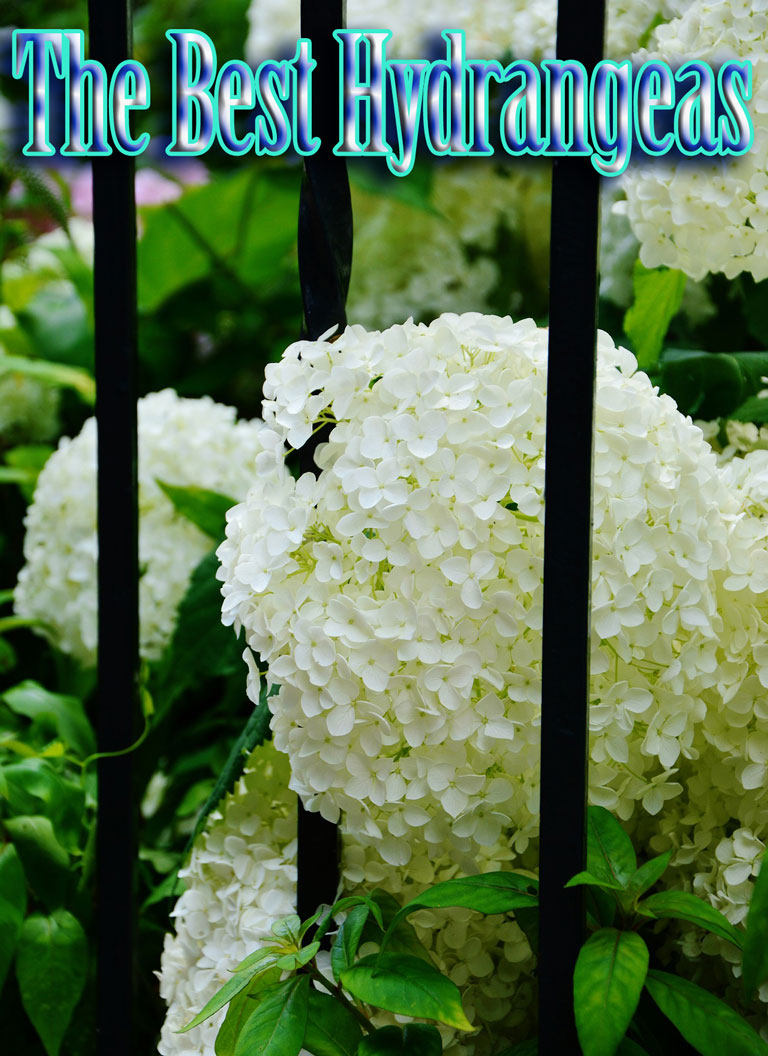

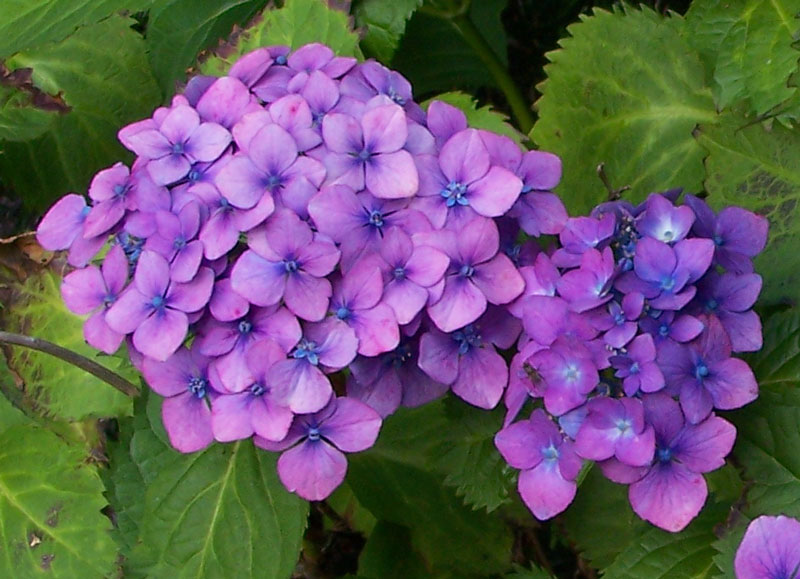
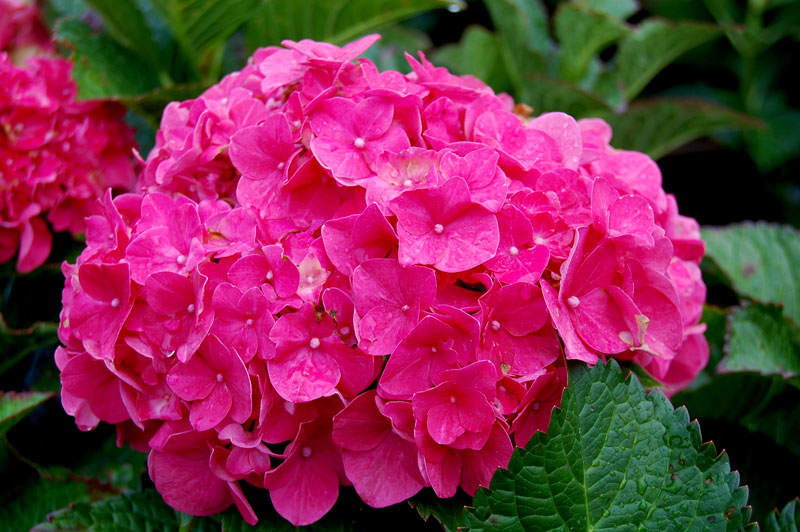

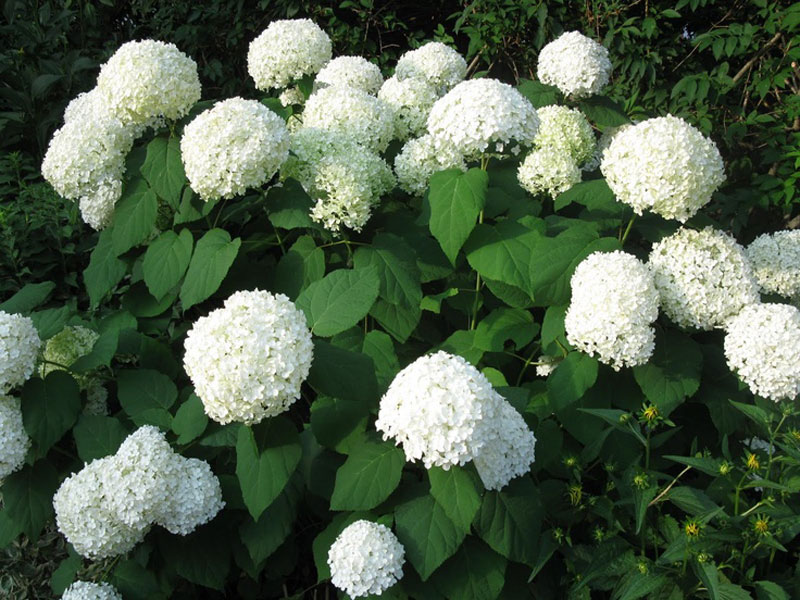
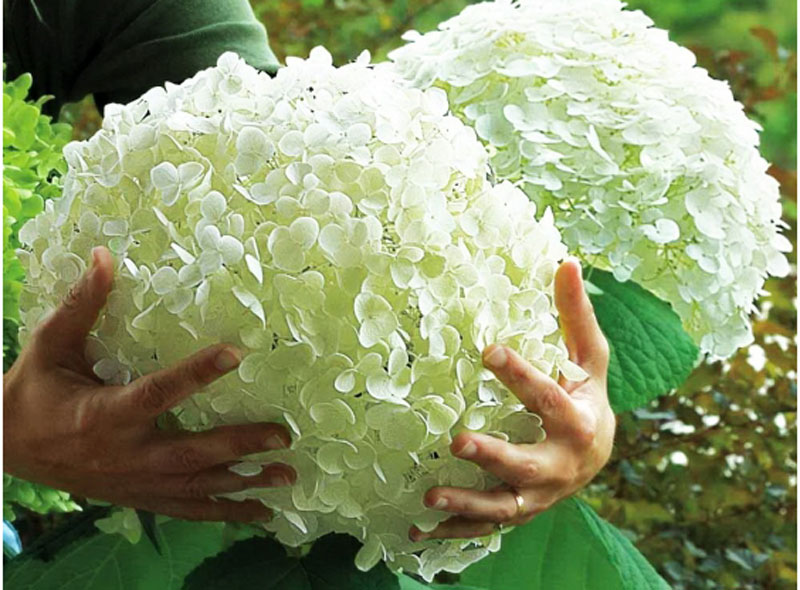
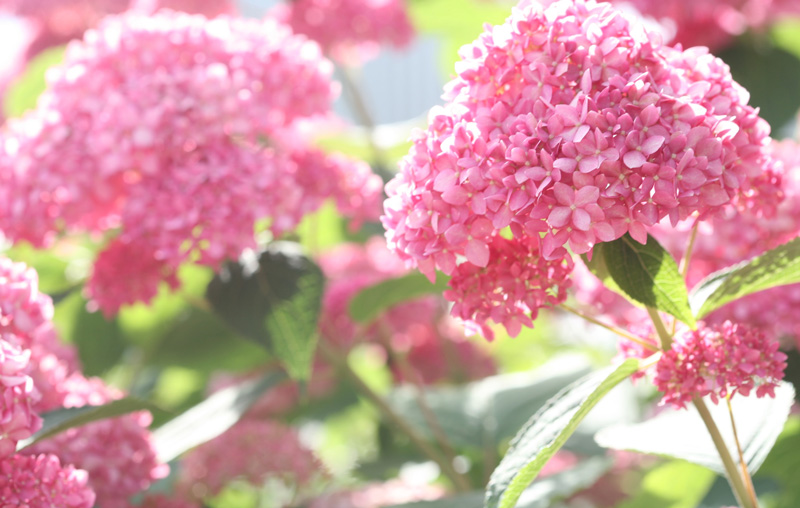
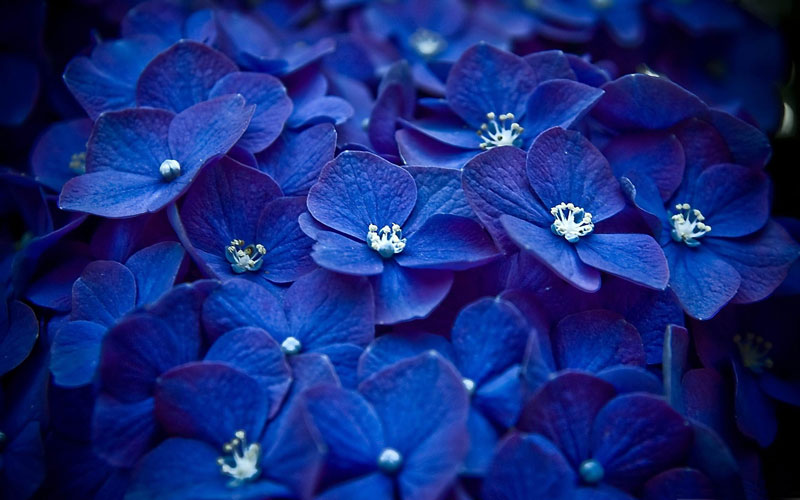
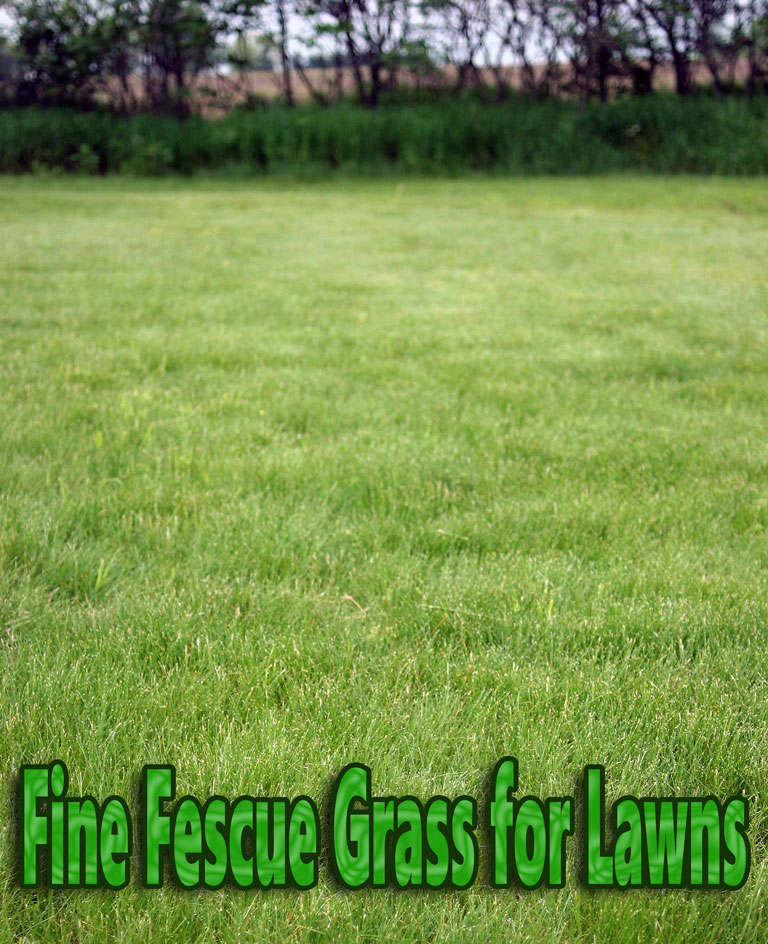

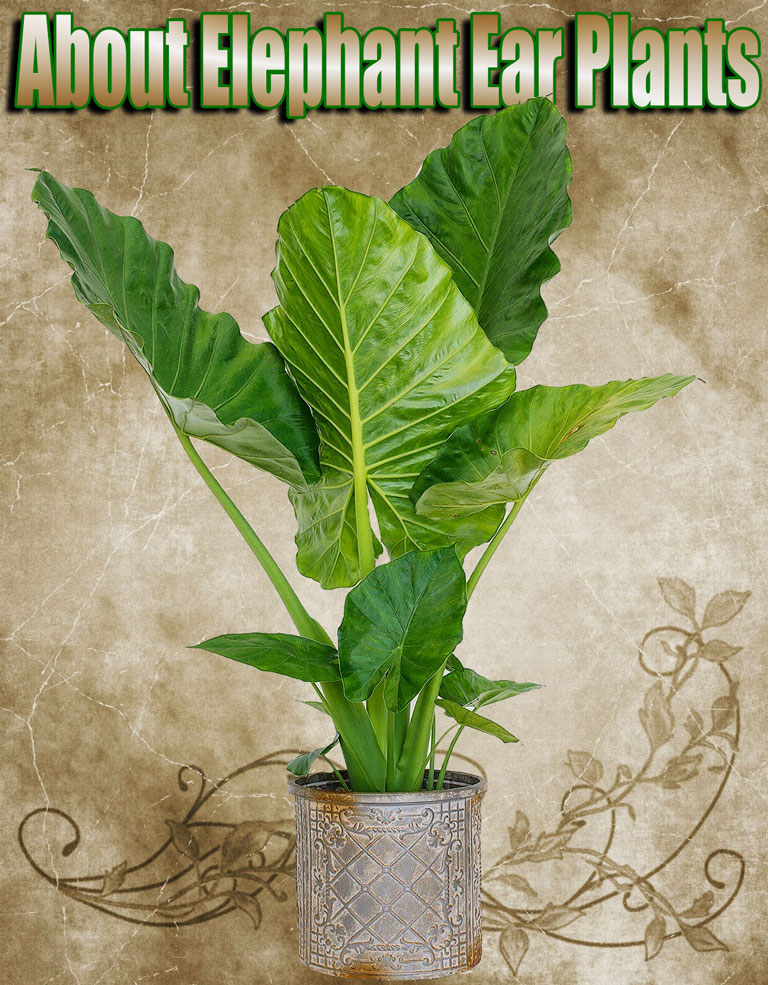
Leave a Reply